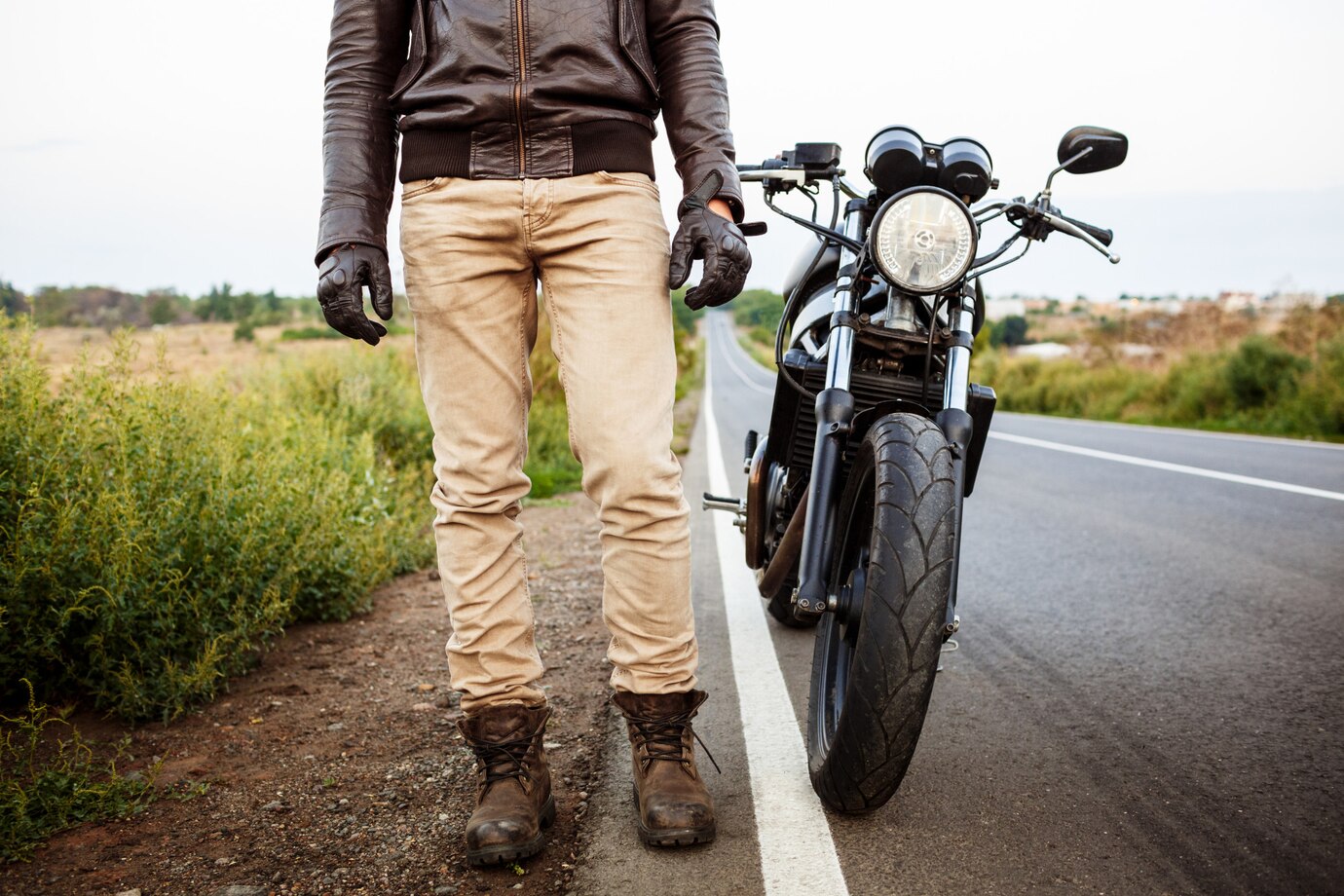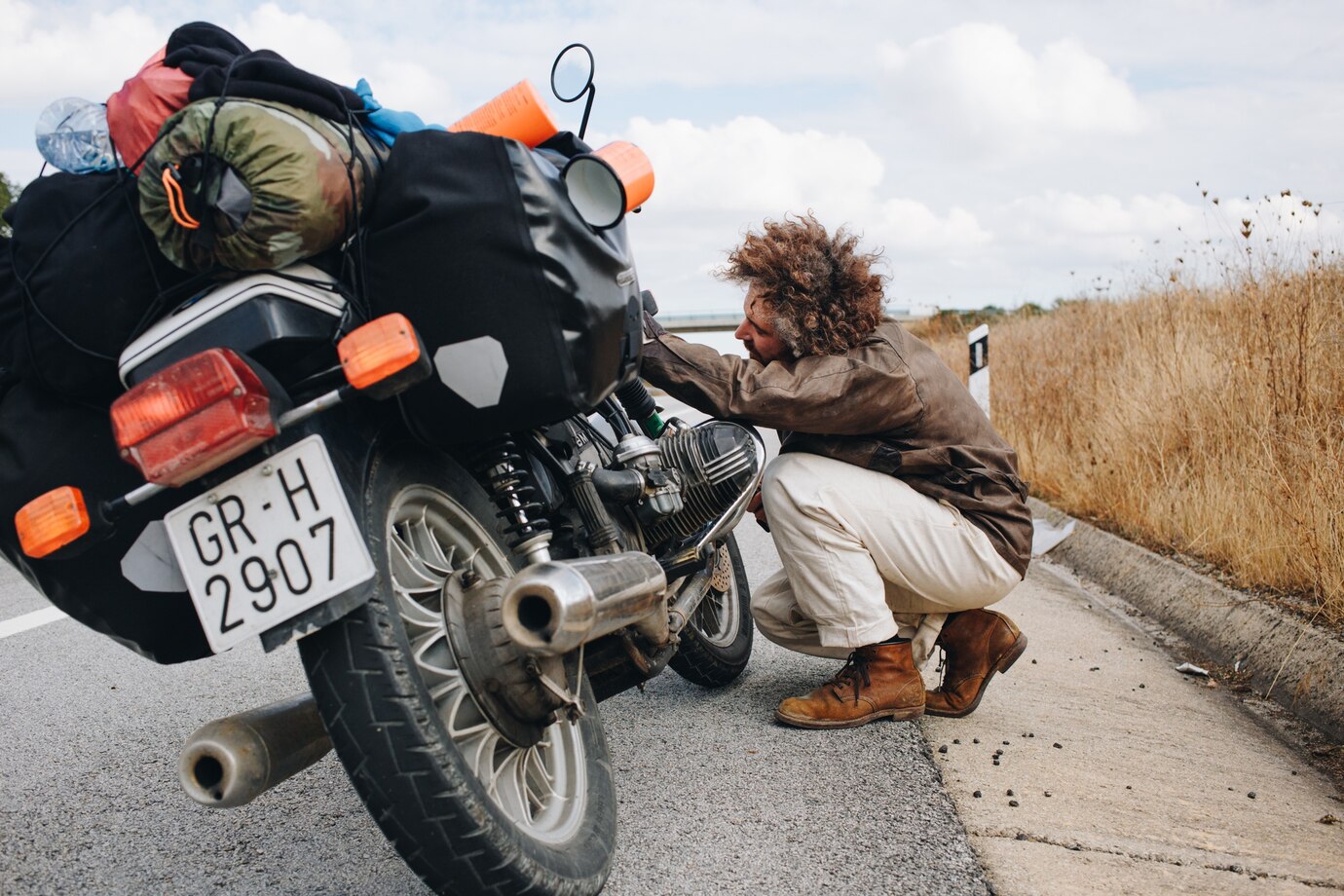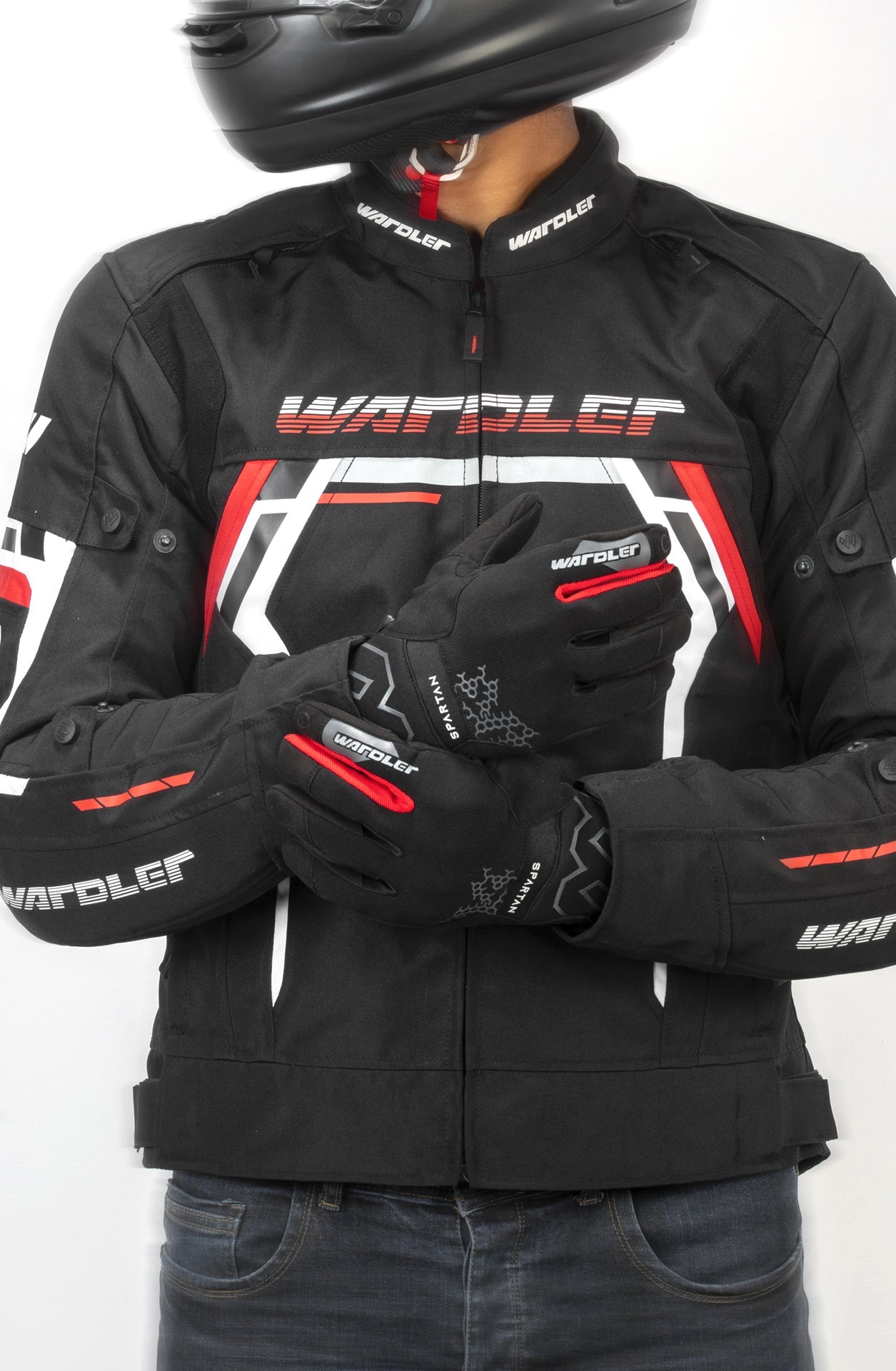
What Clothing Do You Need to Ride a Motorcycle?
It's not just getting on the motorcycle and riding — it's also about the right gear in order to keep you safe, comfortable, and dry in every season. It definitely matters whether you are an experienced rider or a beginner when it comes to what is essential in clothing, since it can play huge factors in safety and the riding experience. Let's dive into what motorcycle clothing and gear you must-have before each ride.
1. Motorcycle Helmet
Your most important piece of kit.
It protects you in case of accidents; saves you from getting prosecuted in most states. There are different types of helmets:
A full-face helmet: Protects the whole head, face, and jaw.
A modular helmet: Similar to full-face, but the front can flip up.
Open face helmet: Covers head and ears, but faces are exposed.
Half helmets: Covers little; unsuitable for speed.
Look for helmets that are DOT, ECE, or Snell certified.
2. Motorcycle Jacket
Protection against impact and abrasion and from the changeable weather.
The difference between a motorcycle jacket and street wear is not just a fashion statement - but such kind of jacket is made to be armored and abrasion resistant, protecting you from motorcycle falls. It often includes:
The abrasion-resistant material: leather or textile such as Cordura.
Built-in armor: at shoulders, elbows, and in some cases, spine.
Ventilation panels: To allow good comfort in warm weather.
Waterproof liners: To ensure dryness even during rainy days.
Pick one that fits nicely but permits maximum movement.
3. Riding trousers
Common jeans just won't do.
The motorcycle pants are made of abrasion resistant fabrics and mostly consist of knee and hip armors. Below are the options:
Textile trousers: Best for touring and weather protection.
Leather trousers: Provide quite good abrasion resistance.
Kevlar Reinforced Jeans: Casual styling, though protective underneath.
Look for CE-rated protective pants with proper vents so they can be used in hot weather.
4. Motorcycle Gloves
Even your hands can be seriously injured with just one fall.
Even a small slide could shred bare hands. Motorcycle gloves give grip, comfort, and vital protection. What to look for:
Reinforced palms: For abrasion resistance.
Knee protection: Usually with hard or foam armor.
Gauntlet style: Offers extra wrist protection.
Touchscreen: Optional but handy.
Choose gloves suitable for the weather: ventilated and breathable for summer, insulated and waterproof for winter.
5. Riding Boots
The sturdiness protects the feet and ankles.
Riding boots are made for the road while providing ankle support in case of crash landing. They also protect the feet from the heat of the bike's engine and exhaust.
Main Features:
Over-the-ankle design: For maximum protection.
Reinforced toe and heel: For durability and impact resistance.
Oil-resistant soles: Eliminate slipping at stoplights or in the rain.
Water-proofing: Is essential for long-distance or all-weather riders.
Do not wear sneakers or casual shoes. They give almost no protection.
6. Base layers and Rain gear
Comfort and versatility go hand in hand.
Additional equipment might be needed according to the riding conditions:
Moisture-wicking base layers: Gets the job done and keeps the wearer dry and comfortable.
Thermal liners: Warmth added for the cold-weather rides.
Rain gear: A small, waterproof suit could save the day during an unforeseen rainstorm.
These layers readily adapt to changing weather conditions.
Final Thoughts
The best kind of motorcycle clothing does not just make you look like a serious rider - it will save your life. It should be highly-priced, purpose-built high-quality gear which fits properly with safety standards. Every piece, from your helmet to your boots, will protect you on the road.
Riding means liberty, but it should come with safety precautions to enjoy that liberty in years to come. So gear up and ride smart! Stay safe!






Leave a comment
This site is protected by hCaptcha and the hCaptcha Privacy Policy and Terms of Service apply.